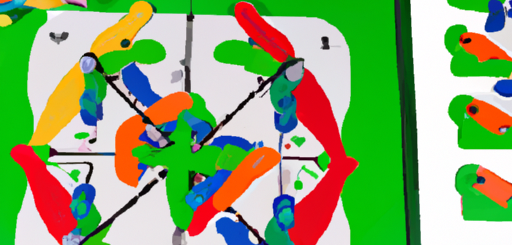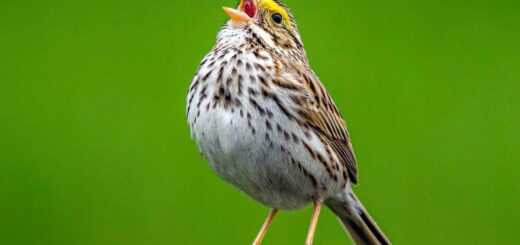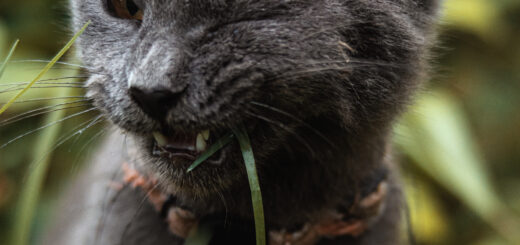Taming And Training: Building Trust And Teaching Tricks To Your Bird
Birds can be fascinating and intelligent companions, but building a strong bond with them requires patience, trust, and plenty of training. In this article, discover effective techniques for taming and training your bird, helping them develop trust in you and learn entertaining tricks. From using positive reinforcement to establishing a consistent routine, these strategies will guide you in building a rewarding relationship with your feathered friend.
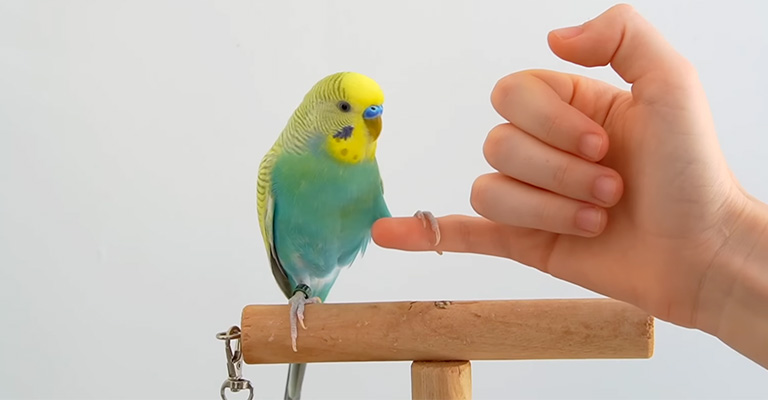
This image is property of theworldsrarestbirds.com.
Click here to check out How To Build An Aviary!
Understanding Bird Behavior
Birds have unique personalities just like humans. Some birds may be more outgoing and social, while others may be more independent and reserved. Understanding your bird’s personality is crucial in building a strong bond and establishing effective training techniques. By observing your bird’s behavior, you can gain insight into its preferences, likes, and dislikes.
Birds communicate through body language, allowing them to convey their emotions and intentions. Learning to interpret your bird’s body language is essential in understanding its needs and preventing potential behavioral issues. From subtle tail movements to fluffing feathers, each behavior has a specific meaning that can help you better understand and communicate with your feathered friend.
Common bird behaviors can vary depending on the species, but some behaviors are universal among birds. For example, preening is a natural behavior that birds use to keep their feathers clean and well-maintained. Another common behavior is vocalization, which serves various purposes such as communication, defense, and territorial marking. Understanding these behaviors will help you provide appropriate care and address any behavioral concerns.
Building Trust with Your Bird
Building trust is the foundation of a strong relationship with your bird. Creating a safe and comfortable environment for your bird is crucial in earning its trust. Ensure that the cage is appropriately sized and that it contains toys, perches, and a cozy sleeping area. Providing your bird with a suitable diet and fresh water is also essential for its well-being.
Consistent care and attention are crucial in building a bond with your bird. Spend quality time with your feathered friend every day, engaging in activities such as talking, singing, or simply being in the same room. Establishing a routine will help your bird feel secure and develop a sense of predictability.
Positive reinforcement is a powerful tool in building trust with your bird. Rewarding desired behaviors with treats, praise, or even a head rub will motivate your bird to continue exhibiting those behaviors. Avoid punishing your bird, as it can damage the trust you’ve built and lead to fear and aggression.
Establishing routines can help your bird feel safe and secure. Birds thrive on consistency, so try to establish a regular schedule for feeding, playtime, and training sessions. Consistency allows your bird to anticipate what’s coming next, creating a sense of stability and reducing stress.
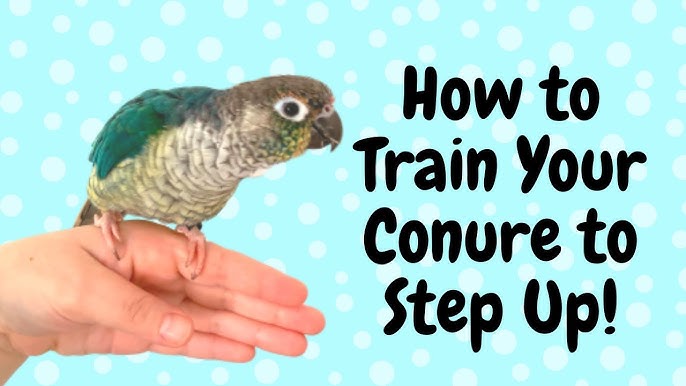
This image is property of i.ytimg.com.
Click here to check out How To Build An Aviary!
Getting Started with Basic Training
Choosing the right training techniques is crucial in successfully teaching your bird new behaviors. Positive reinforcement is widely regarded as the most effective training method. This involves rewarding your bird for exhibiting the desired behavior, whether it’s stepping onto your hand or saying a specific word.
Patience and persistence are key when training your bird. Remember that birds have their own pace of learning, and it may take time for them to grasp certain commands or tricks. Be patient with your feathered friend and avoid getting frustrated, as this can hinder the training process.
Target training is a useful technique that involves using a small stick or a target object to guide your bird to a specific location or perform a particular action. By associating the target with rewards, your bird will learn to follow and interact with it.
Step-up and step-down training is essential for teaching your bird to perch on your hand or move onto other surfaces. Start by gently placing your hand in front of your bird and give the command “step-up.” Reward your bird with a treat or praise when it steps onto your hand. Similarly, step-down training is teaching your bird to move from your hand to another surface.
Harness and leash training can be useful if you want to take your bird outside while ensuring its safety. However, this training requires patience and gradual desensitization to the harness before attempting to go outdoors.
Teaching Tricks to Your Bird
Teaching tricks to your bird can be a fun and rewarding experience for both you and your feathered friend. Start with basic trick training, such as teaching your bird to turn around, step onto a designated object, or jump over small obstacles. Break down each trick into small steps and reward your bird each time it successfully completes a step.
Teaching your bird to speak or mimic sounds is another popular trick. Start by repeating a specific word or phrase frequently in front of your bird. Eventually, your bird may start to imitate the sound. Reinforce this behavior by praising and rewarding your bird each time it attempts to mimic the sound.
Teaching your bird to wave or shake hands is a crowd-pleasing trick. Hold a treat in your hand and gently touch your bird’s foot, saying the command “wave” or “shake.” With repetition, your bird will learn to lift its foot in response to the command.
Teaching your bird to retrieve objects can be challenging but rewarding. Start by using a small, lightweight object and encourage your bird to pick it up. Reward your bird each time it successfully retrieves the object and gradually increase the difficulty by using different objects or increasing the distance.
Birds are intelligent creatures, and teaching them to play games can provide mental stimulation and entertainment. Simple games like basketball, where the bird pushes a small ball into a hoop, or bowling, where the bird knocks down miniature pins, can be taught through repetition, rewards, and lots of patience.
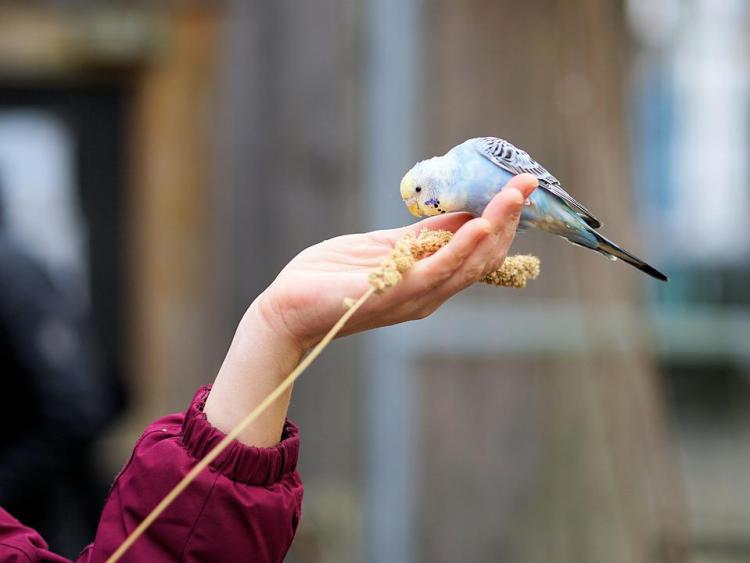
This image is property of i0.wp.com.
Overcoming Training Challenges
Training your bird can sometimes come with challenges. One common challenge is fear or aggression. Birds may become fearful or aggressive if they feel threatened or insecure. It’s important to identify and address the underlying cause of the behavior, whether it’s a loud noise, a particular person, or a specific situation. Gradual desensitization and counter-conditioning techniques can help your bird overcome fear and aggression.
Biting or chewing habits can also be a challenge to address. Birds may resort to biting or chewing when they are bored, anxious, or seeking attention. Providing an enriched environment with plenty of toys, chewables, and activities can redirect their chewing behavior. Additionally, teaching your bird the “gentle” command and rewarding it for soft beak interactions can discourage biting.
Feather plucking is a serious behavior that can indicate underlying physical or psychological issues. If your bird is engaging in excessive feather plucking, it’s crucial to seek veterinary advice to rule out any medical causes. Additionally, ensuring a stimulating environment, providing mental and physical enrichment, and addressing any potential sources of stress can help reduce feather plucking behaviors.
Screaming or excessive vocalization can be challenging behaviors to manage. Birds may vocalize for various reasons, including attention-seeking, territorial marking, or calling for their flock mates. Identifying the underlying cause and providing appropriate alternatives for your bird’s needs, such as engaging in interactive play or providing comforting background noise, can help reduce excessive vocalization.
Socializing Your Bird
Social interaction is essential for the well-being of your bird. Birds are flock animals and thrive in the presence of other birds or humans. Providing proper social interaction involves spending quality time with your bird, engaging in activities, and providing opportunities for socialization.
Introducing your bird to other pets, such as dogs or cats, should be done cautiously and under controlled circumstances. Ensure that the interaction is supervised and that both your bird and the other pet are comfortable and safe. Gradual introductions, positive associations, and reward-based training can help create a harmonious environment.
Allowing safe interaction with humans is crucial in maintaining your bird’s social skills. Encourage gentle interactions with family members and close friends, ensuring that they understand proper bird handling techniques. Avoid overwhelming or forcing interactions if your bird shows signs of fear or discomfort.
Overstimulation can negatively impact your bird’s behavior and stress levels. Understand your bird’s tolerance level and ensure it has opportunities for quiet and alone time. Monitor your bird’s body language, and if you notice signs of stress or fatigue, provide a calming environment to help your bird relax.
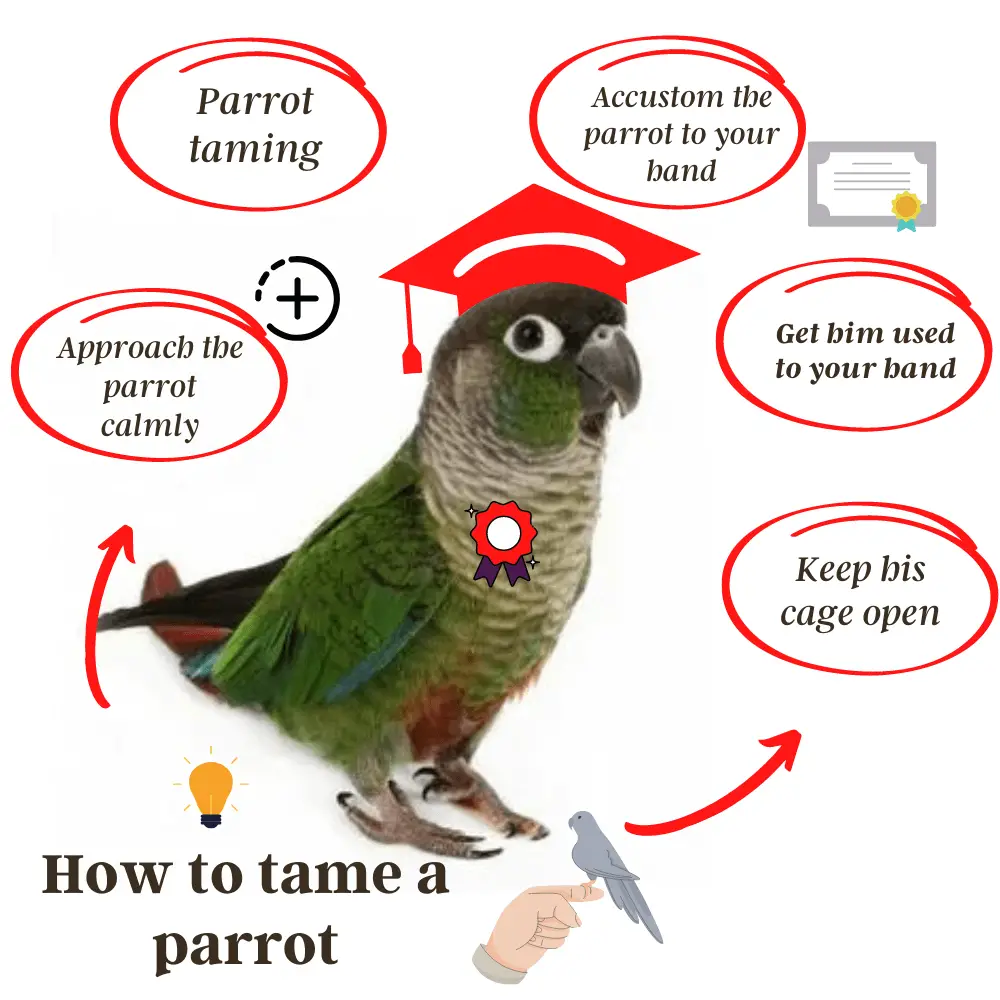
This image is property of green-cheek.com.
Maintaining a Healthy Diet and Exercise Routine
Proper nutrition plays a vital role in your bird’s overall health and well-being. Understanding bird nutrition is essential in providing a balanced diet. Consult with a veterinarian or avian nutritionist to ensure you are providing the appropriate nutrients for your bird’s species and age. Offer a variety of fresh fruits, vegetables, whole grains, and pellets to meet your bird’s nutritional needs.
Balancing fresh foods and commercial bird food is important to ensure a well-rounded diet. While commercial bird food provides necessary vitamins and minerals, it’s essential to supplement this with fresh foods to provide variety and additional nutrients. Avoid feeding your bird harmful foods such as chocolate, avocado, or caffeine, as these can be toxic to birds.
Encouraging physical activity is crucial in preventing obesity and maintaining your bird’s overall health. Birds require regular exercise to keep their muscles strong and to prevent boredom. Provide ample opportunities for your bird to fly, climb, and explore. Offer toys, ladders, and perches that promote physical activity and mental stimulation.
Preventing obesity and malnutrition is a delicate balance. Avoid overfeeding your bird and monitor its weight regularly. Consult with a veterinarian to determine the appropriate diet and portion sizes for your bird’s specific needs. Regular wellness check-ups can help catch any nutritional imbalances or health concerns early on.
Understanding Vocalizations and Communication
Birds use vocalizations as a form of communication, and understanding their different sounds and calls is essential in interpreting their needs and emotions. Each species has its unique vocal repertoire, from joyful chirping to warning screams. By familiarizing yourself with your bird’s vocalizations, you can respond appropriately to its cues.
Body language is another crucial aspect of bird communication. Different body postures and movements can convey specific messages. For example, fluffing feathers can indicate relaxation, while tail wagging or wing flapping may indicate excitement or agitation. Observing your bird’s body language in combination with vocalizations will provide a more accurate understanding of its emotions and intentions.
Responding to your bird’s vocal cues will strengthen your bond and support effective communication. By actively listening and responding to your bird’s calls or requests, you will reinforce its trust in you. Additionally, acknowledging and addressing your bird’s needs promptly will help prevent potential behavioral issues and promote a harmonious relationship.
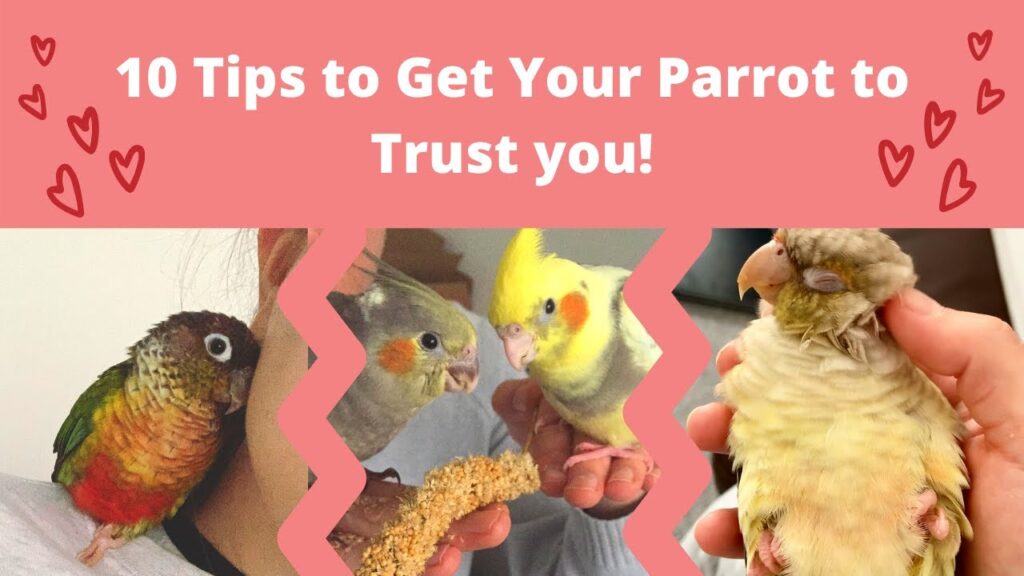
This image is property of i.ytimg.com.
Training Advanced Tricks and Behaviors
Once you and your bird have mastered the basics, you can gradually progress to more advanced tricks and behaviors. These advanced tricks will challenge your bird mentally and physically, providing further enrichment and strengthening your bond.
Training your bird to perch on command is a valuable skill that allows for easier handling and mobility. Start by using a target stick or your finger as a target for your bird to step onto. Gradually introduce the “perch” command, and reward your bird each time it successfully perches on command.
Teaching your bird to play dead or roll over is an impressive trick that requires patience and repetition. Start by gently placing your bird on its back and giving the command “play dead” or “roll over.” Reward your bird each time it begins to mimic the action. With consistent training, your bird will learn to perform this trick on command.
Training your bird to retrieve specific objects is a challenging but rewarding endeavor. Begin by teaching your bird basic object retrieval, and once it grasps the concept, introduce different objects and commands. Encourage your bird to identify and retrieve specific objects by rewarding successful interactions.
Training your bird to navigate obstacles can be both mentally and physically stimulating. Set up a simple obstacle course using tunnels, hoops, and perches. Use positive reinforcement to guide your bird through the course, rewarding each successful completion. Gradually increase the complexity of the obstacles to keep your bird challenged.
Maintaining and Reinforcing Training
Consistency is key in maintaining and reinforcing your bird’s training. Continue to practice and reinforce the learned behaviors regularly to ensure they become ingrained habits. Consistent training will reinforce your bird’s understanding of the desired behaviors and help them retain their training.
Reinforcing positive behaviors is essential in reinforcing the desired actions. Continue to reward your bird with treats, praise, and attention when it exhibits the behaviors you have trained. This positive reinforcement will motivate your bird to continue displaying these behaviors in the future.
Refresh your training techniques periodically to keep your bird engaged and to prevent training becoming monotonous. Introduce new challenges or tricks to keep your bird mentally stimulated. The aspect of novelty will encourage your bird’s curiosity and maintain its enthusiasm for learning.
By following these training tips and building a strong foundation of trust, you can successfully tame and train your bird. Remember to be patient, persistent, and treat your feathered friend with love and respect. With time and dedication, you and your bird can develop a deep and mutually rewarding bond. Happy training!


